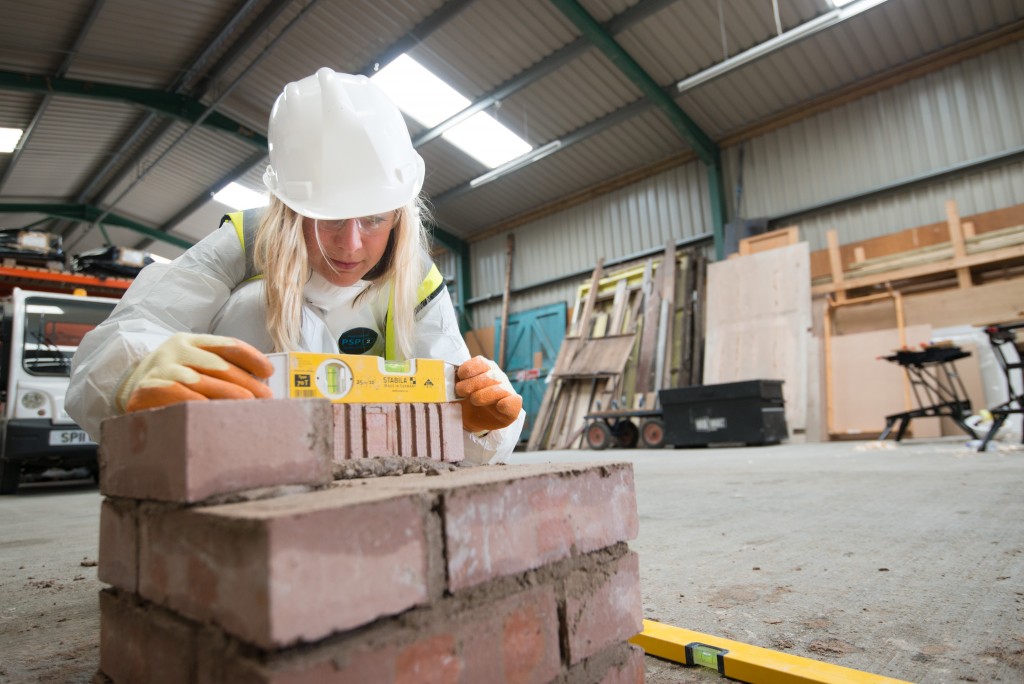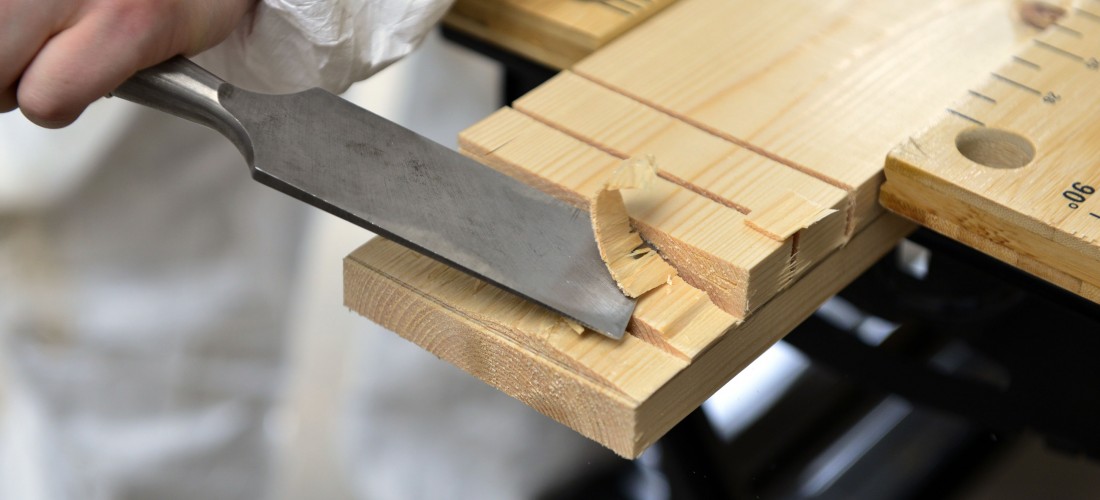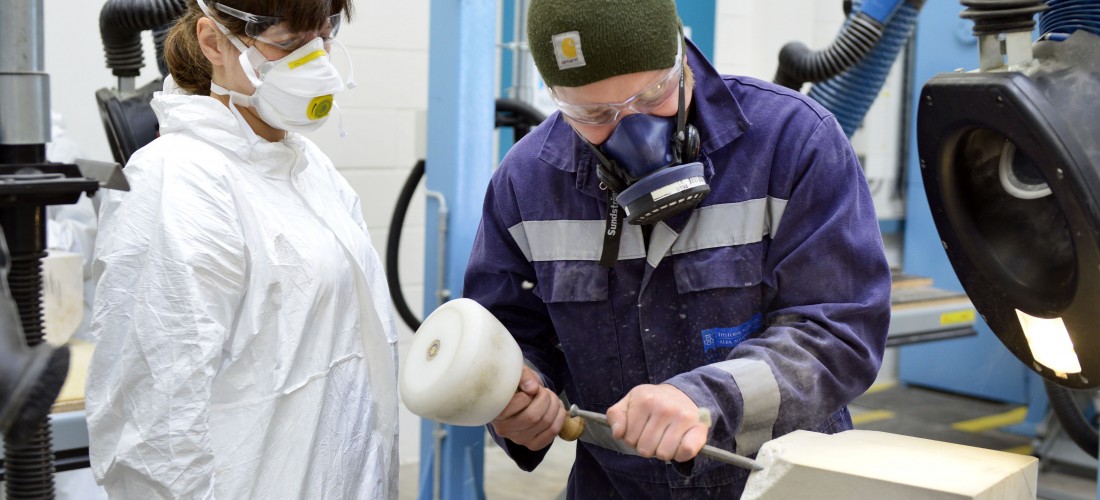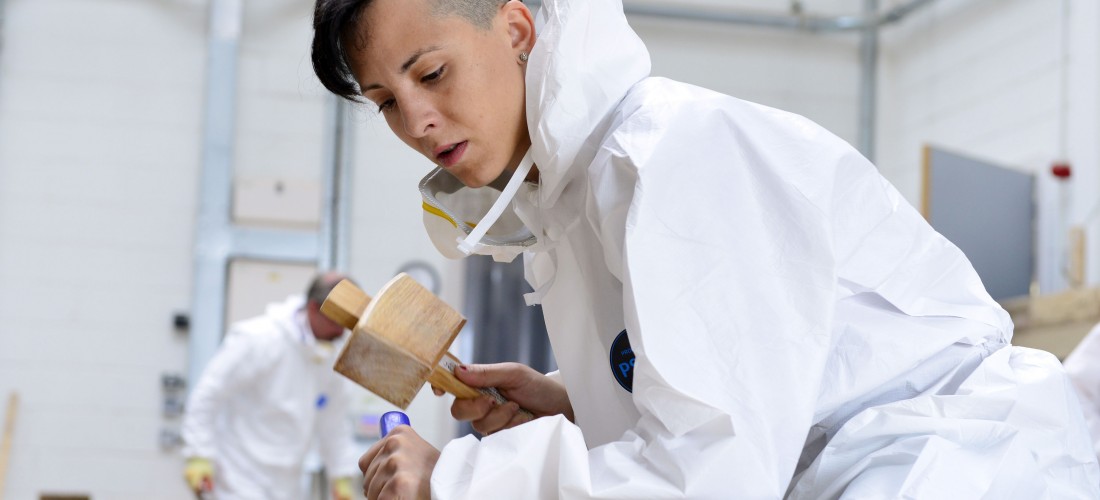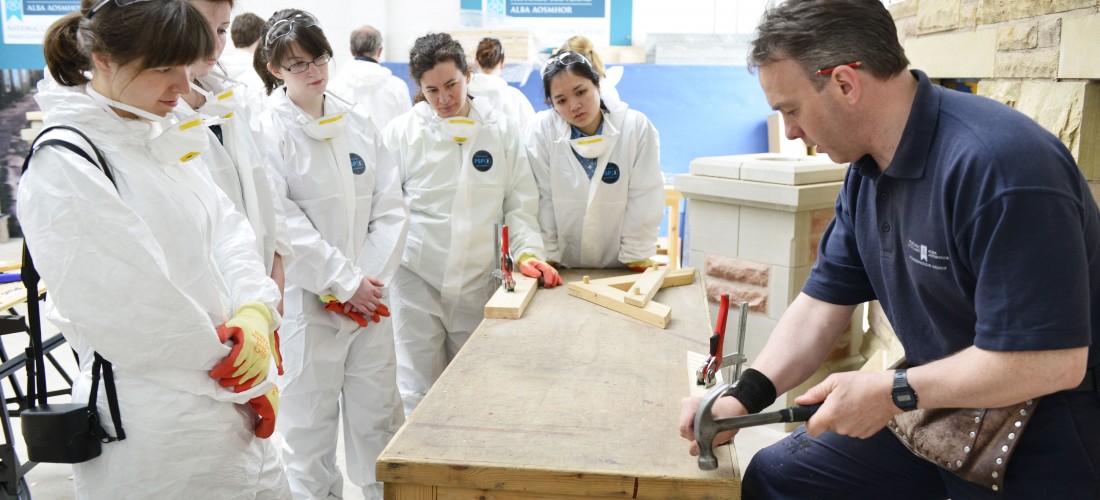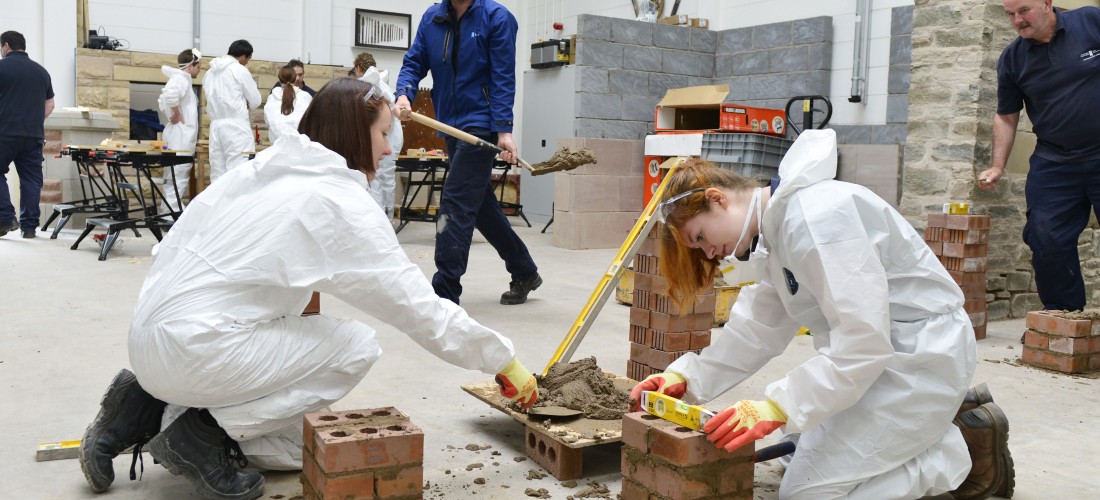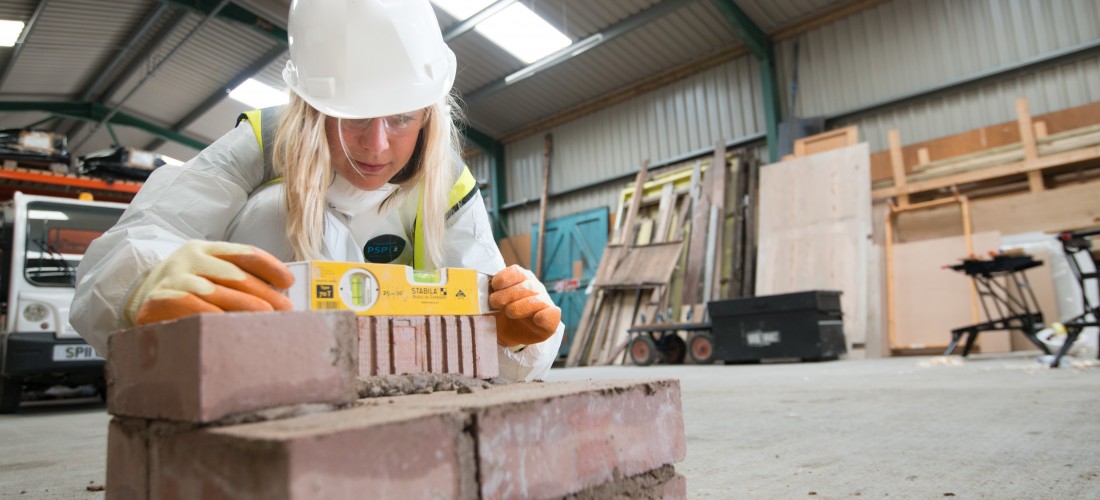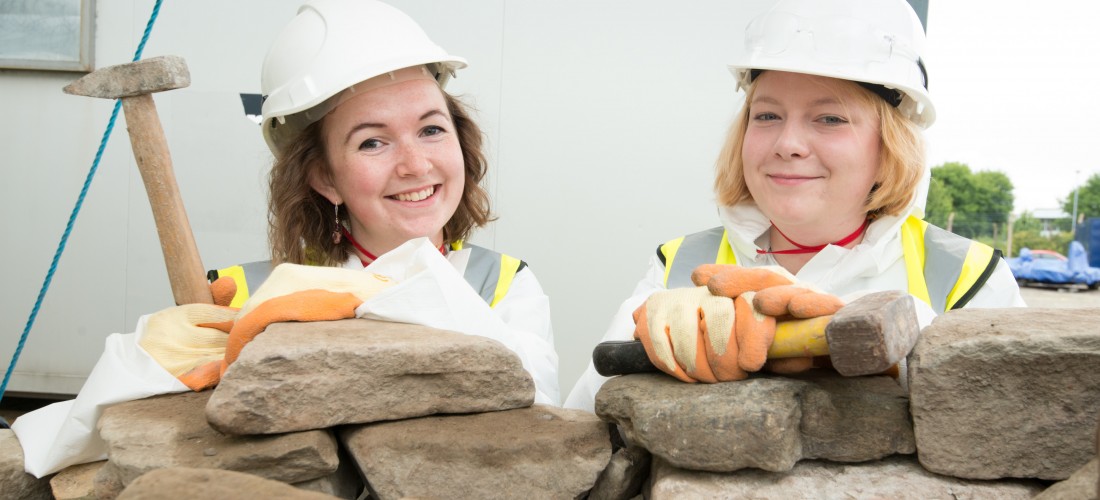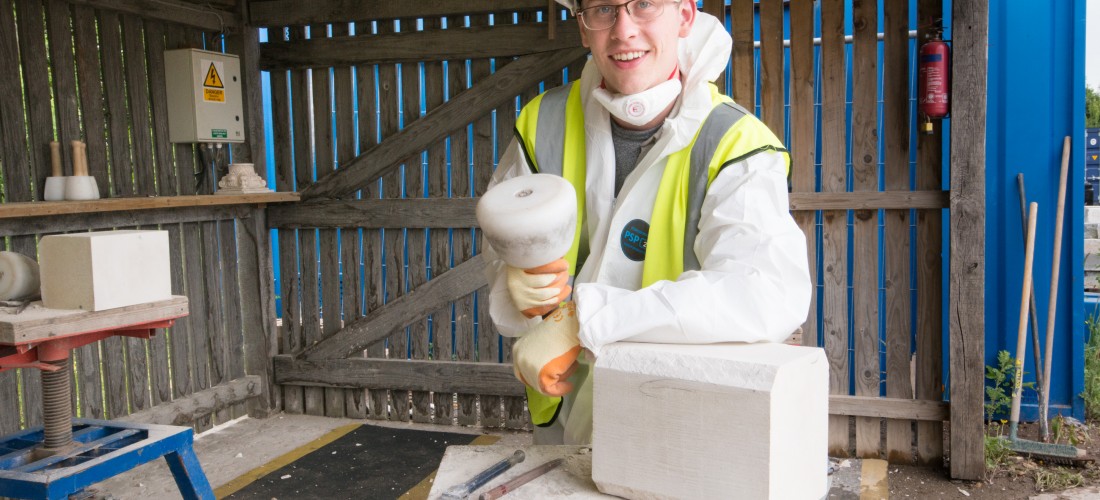Over the past few years, the Conservation Summer School has firmly positioned itself as a highlight in our events calendar. The week-long course covers multiple topics relating to building conservation through a variety of talks, fieldtrips and hands-on activities. So with that in mind, when the opportunity to attend this year’s course cropped up, the decision to go was easy.
The Induction Day
Last week, in preparation for the course, attendees were invited to a half-day taster session. This took place at Stirling Castle, an impressive backdrop for an introduction to building conservation. Currently undergoing essential works on the King James IV era gatehouse and with an ongoing maintenance programme, the castle was an inspirational place to learn about the techniques of building conservation first hand and to remind us why we need to protect our built heritage for future generations.
The day began with a presentation from Technical Conservation Outreach and Education’s, Devon DeCelles, who covered in detail what we can expect from the week-long course, as well as introducing other aspects of HES’s work and the forthcoming completion of the Engine Shed, Scotland’s first dedicated building conservation centre.
Following on from the presentation the group was split into two and taken on a tour of the conservation work currently underway at the castle by the District Architect, Tom Gaze and Regional Works Manager, George Simpson who are responsible for running the programme of works. The tour included a trip up the scaffolding presently surrounding the gatehouse to see, first-hand and up close, the reconsolidation and repointing work of the masonry.
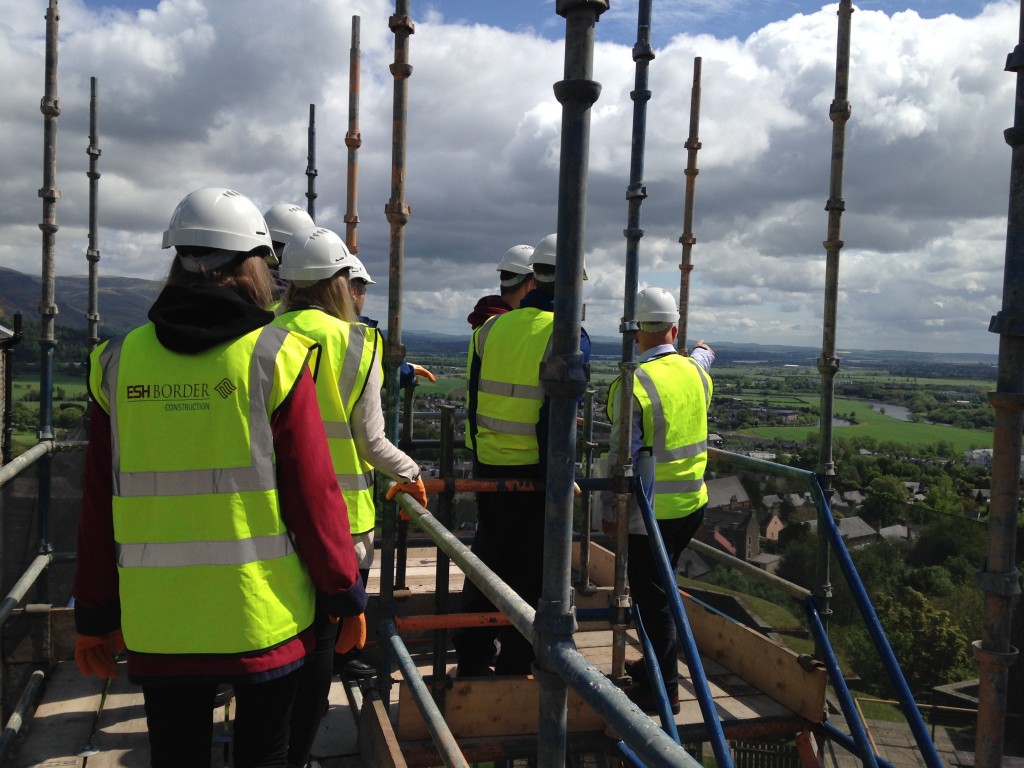
The second part of the tour was all about new cast iron railings being installed. The inspiration for the design of these railings came from relatively modern, pre-existing railings at the castle, but the approach used to construct them took inspiration from older more labour intensive methods – the end result however being a more robust, authentic looking railing. A good example of how we can look at past practices to guide the conservation decisions we make today.
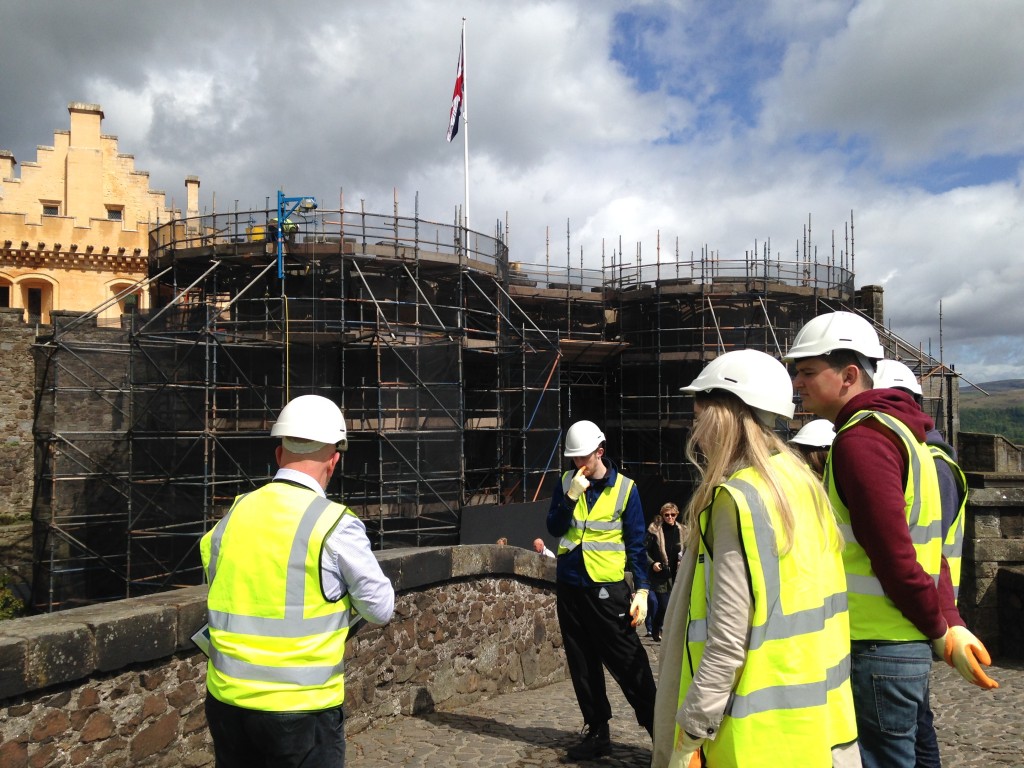
Summer School Week
To end the day we were shown the schedule for Summer School week (pdf) itself which is jam packed full of lectures, workshops, demonstrations and site visits. Some personal highlights for myself include a hands on practical workshop with the stonemasons, hearing from industry experts on a wide range of digital survey techniques and a visit to the Glasgow School of Art, to learn about the conservation plans following the devastating fire in 2014. These are just a few of the events planned during the week.
If any of this has sparked an interest in wanting to attend the Summer School, then places are still available for the full 5 day programme as well as tickets for individual days. The course is open to students and professionals alike who wish to enhance their knowledge on the subject of building conservation.
If the half-day induction event is anything to go by, it is shaping up to be a very enjoyable week.
Social Media
If you can’t make the course, follow the Summer School hashtag – #HESsummerschool to see how the week unfolds:

